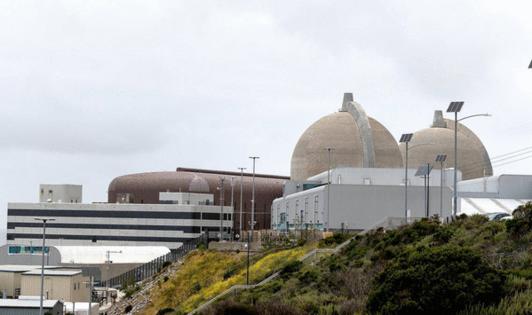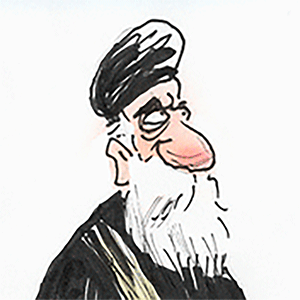US unveils plan to triple nuclear power by 2050 as demand soars
Published in News & Features
WASHINGTON — President Joe Biden’s administration is setting out plans for the U.S. to triple nuclear power capacity by 2050, with demand climbing for the technology as a round-the-clock source of carbon-free power.
Under a road map being unveiled Tuesday, the U.S. would deploy an additional 200 gigawatts of nuclear energy capacity by mid-century through the construction of new reactors, plant restarts and upgrades to existing facilities. In the short term, the White House aims to have 35 gigawatts of new capacity operating in just over a decade.
“Over the last four years the United States has really established the industrial capacity and the muscle memory across the economy to carry out this plan,” said Ali Zaidi, the White House national climate adviser.
Biden’s administration is addressing issues that have hampered nuclear developments including a lack of skilled labor, domestic fuel supply and regulatory infrastructure, he said. “We’ve taken out a lot of the impediments that have stood in the way of going big on this source of carbon-free electricity,” Zaidi said in an interview.
The strategy is one that could win continued support under President-elect Donald Trump, who called for new nuclear reactors on the campaign trail as a way to help supply electricity to energy-hungry data centers and factories.
The nuclear industry — and its potential resurgence — also enjoys bipartisan support on Capitol Hill, culminating in the July enactment of a law giving the U.S. Nuclear Regulatory Commission new tools to regulate advanced reactors, license new fuels and evaluate breakthroughs in manufacturing that promise faster and cheaper buildouts.
Demand for nuclear is increasing as nations aim to accelerate the addition of low-emissions power sources, and as a result of rising electricity consumption by energy-intensive industries including data-processing for artificial intelligence.
Microsoft Corp. struck a deal in September for electricity from a revived Three Mile Island nuclear plant in Pennsylvania, while Alphabet Inc.’s Google, Amazon.com Inc. and billionaire financier Ken Griffin are all among those to have recently expressed new interest in the development of atomic energy.
The U.S. initiative comes as world leaders converge on the two-week COP29 climate summit in Azerbaijan and face pressure to step up their carbon-cutting ambitions. At last year’s United Nations conference, the U.S. and roughly two dozen other countries signed a pledge to triple nuclear capacity by 2050.
As technologies like solar and wind have surged since 2010, nuclear capacity has remained relatively stable, according to the International Energy Agency. That reflects the impact of the 2011 tsunami and meltdown at Japan’s Fukushima Dai-Ichi plant, though many governments are now reappraising their stance on the technology.
Advocates of nuclear power say that by setting out a domestic deployment target, the U.S. can provide encouragement to nuclear developers. Just achieving the 2035 goal would require swift action to establish sufficient orders for multiple reactor designs, a step that would in turn unlock investment in fuel and component supply chains, the Biden administration’s report says.
The 36-page framework outlines other steps the U.S. should take to rebuild its capacity and to restore the nation’s eroded status as a developer of nuclear technology.
“It is imperative that U.S. and allied countries compete effectively to supply the world with clean and safe nuclear energy,” the document says. Other nations also “typically want new reactor technologies demonstrated in the supplier country” first, it says.
Key recommendations include steps meant to accelerate federal technology licensing for large reactors and to ensure long-term clarity for tax support. The strategy also calls for opportunities to be examined to add new reactors at existing plants, and for consideration to be made of deploying micro reactors at Defense Department facilities.
©2024 Bloomberg L.P. Visit bloomberg.com. Distributed by Tribune Content Agency, LLC.







Comments